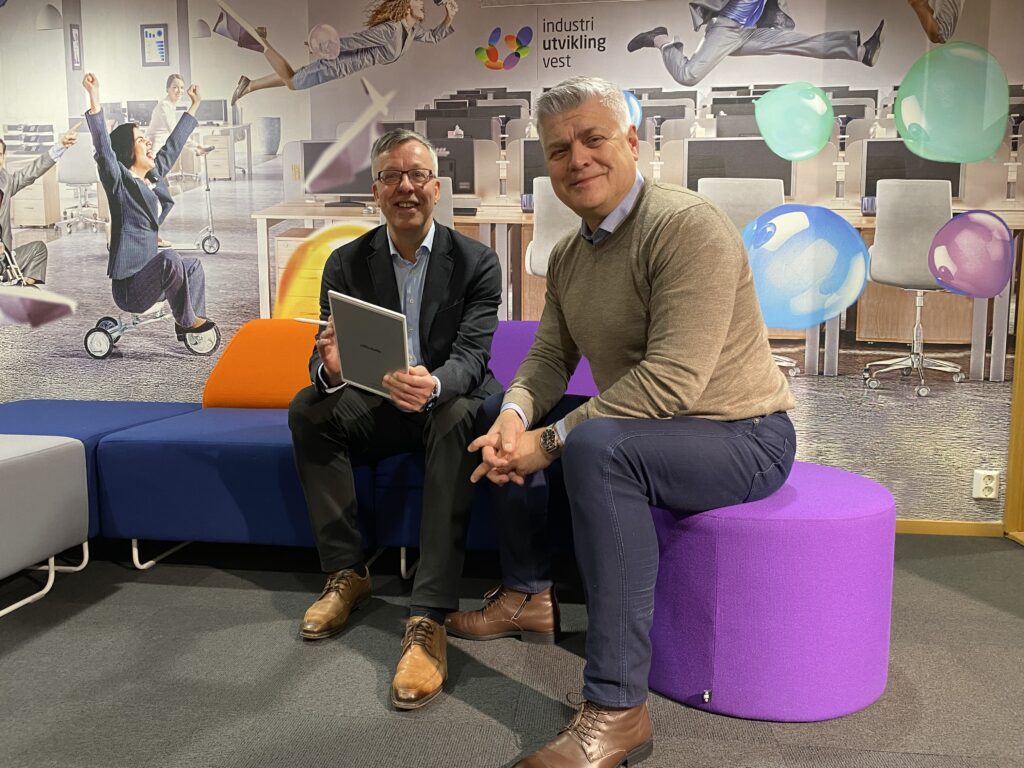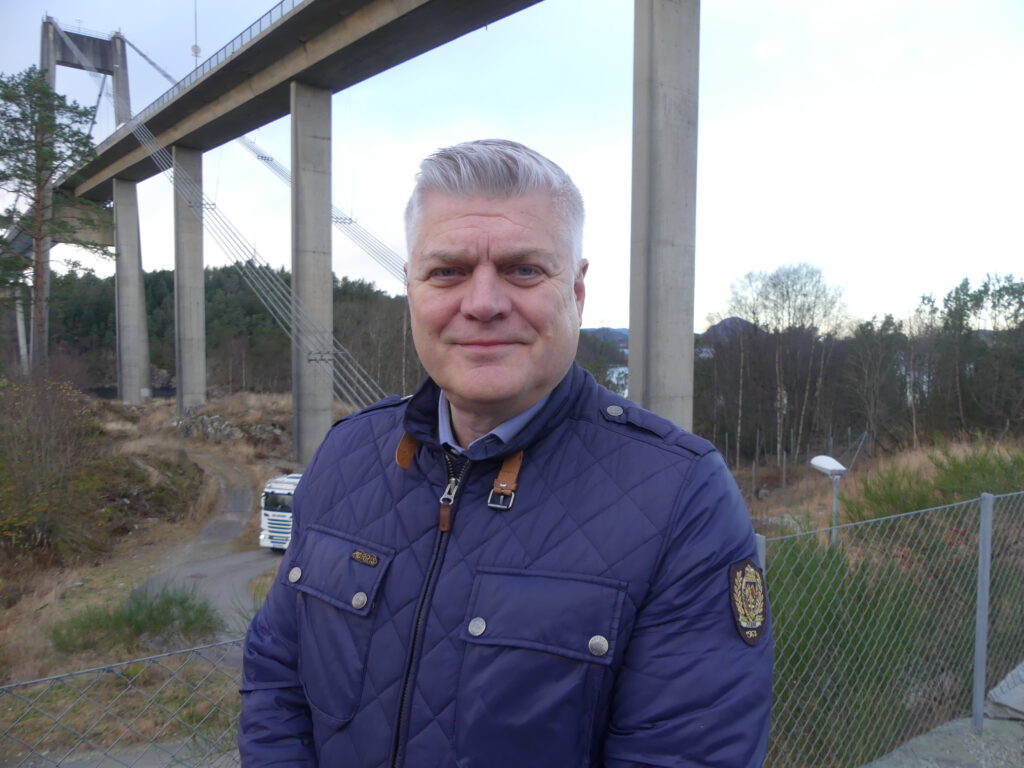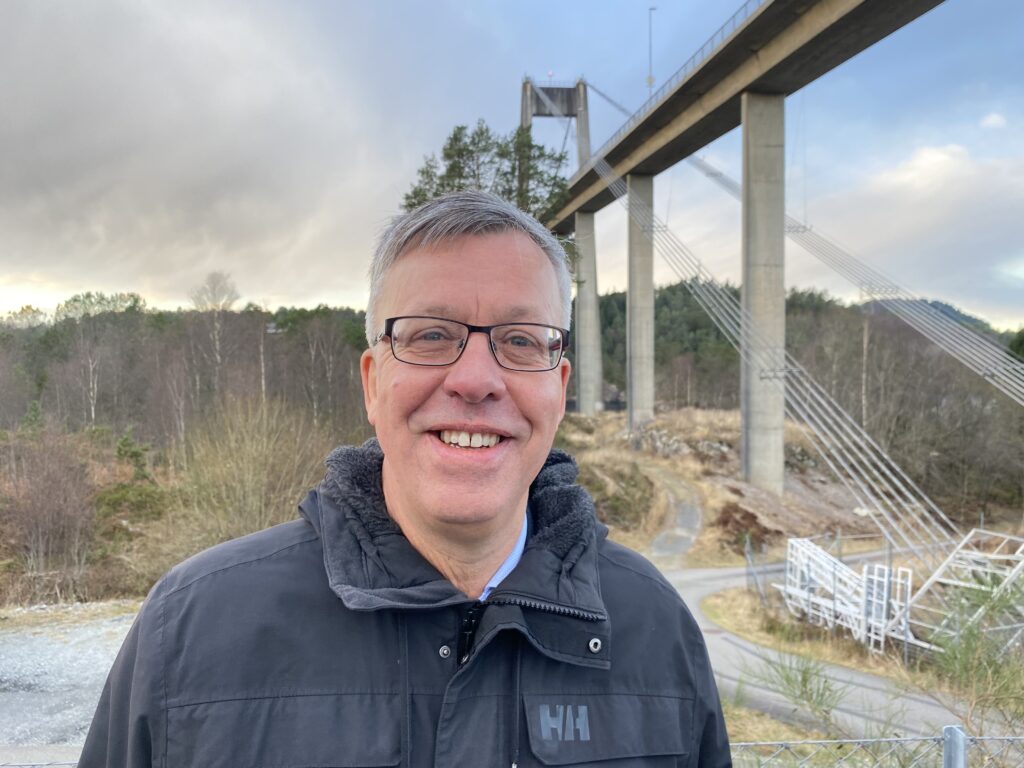06.12.2022
– There is only one NASA – and only one TCM
– TCM has facilities and expertise in the capture of CO2 which will both be of great importance for the leap that the industry in Nordhordland is now taking into the green shift, and above all for Norway’s position and reputation as a leader in the climate fight.
When Americans boast that there is only one NASA, we must be able to proudly say the same about TCM.
Baste Tveito is general manager of Nordhordland Næringslag and Einar Vaage works in Industriutvikling Vest as manager of the project Greenspot Mongstad. The organizations work together to faciltate industrial development in Nordhordland, a region with seven municipalities and close to 50,000 inhabitants.
– Over the past 50 years, a broad industrial environment linked to oil and gas has been established in the region, with the Mongstad refinery as a natural centre. People are pleased with the industry because it provides work for many and ensures the welfare of all who lives here. In contrast to many other industrial environments in Norway, the economic conditions for what we do have been stable and good. Thus, we have been able to build «stone on stone» and gradually develop the companies and society, Tveito points out.

– When the Americans boast that there is only one NASA, we must be able to proudly say the same about TCM, Baste Tveito and Einar Vaage believe.
Ready for the «washing machine»
– But now it’s our turn for a round in the «washing machine», emphasizes Vaage. – To say that what we are facing is a revolution is a bit dramatic, while evolution is a bit too weak. Something in between is the most covering. It is about companies with significant emissions having to be converted, and that all new businesses to be established at Mongstad must capture and store their CO2 emissions. In this work, the outstanding expertise that TCM represents will be of great importance.
TCM was among the initiators of Greenspot Mongstad. The project aims to turn the area with Norway’s largest supply base, busiest port and largest refinery into a versatile, green industrial park. There are already around 60 companies in the area with 2,400 jobs. If all the planned pieces fall into places, there will be many more.
A hydrogen factory next?
An important key will be the realization of the project for the construction of a facility at Mongstad Industripark for the production of blue hydrogen as energy for ships and industrial production in the area.
– The plans for large-scale production will make it attractive to several larger industrial companies that seize the opportunity and establish themselves near the planned hydrogen factory. The dialogues have started, but are still in an early phase, says Einar Vaage.
Hot water from the refinery to be used
But the green shift at Mongstad encompasses far more than production of liquid hydrogen for energy. Today, significant energy resources are being wasted when hot water from Equinor’s refinery is discharged into the Fensfjorden. By having this water instead piped through a tunnel to the industrial area, existing buildings can be heated alternatively, while at the same time opportunities are created for establishing the production of biogas, fish farming on land and the production of feed based on fish waste. Wind turbines on asphalt are also included in the feasibility study prepared by Equinor, Eviny, ABP and Alver municipality.
– These projects are already in process, and will not entail any further interventions in nature than those done previously. The hot water from the refinery is transformed into an energy output of 85 megawatts, which places the plant on the list of the ten largest power plants in Norway. In this way, other renewable energy that companies in the area currently use is also freed up for alternative use.

Baste Tveito is general manager of Nordhordland Næringslag.
Einar Vaage works in Industriutvikling Vest as manager of the project Greenspot Mongstad.
Needs expertise on carbon capture
However, Baste Tveito and Einar Vaage emphasize that an important prerequisite for success with the green shift for the industry at Mongstad is expertise in capturing CO2.
– But we are in the fortunate situation that we have TCM, which for over ten years has tested both mature and brand new technologies for technology suppliers from all over the world at its plant at Mongstad. This environment thus has the very best prerequisites for also being able to assist industrial developers locally when they have to make their choices to reduce and remove carbon emissions. The business at the technology centre moves in the borderland between research and realizaton of full-scale capture projects, an expertise the industry will obviously want to make more use of. If the utility value of TCM’s activities so far has been limited for the industry in Nordhordland, it is – with the existing plans – obvious that their expertise will be very important in the future.
Important that TCM has good framework conditions
– Those of us who have followed TCM from the sidelines since its inception in 2012 are also impressed by how the company has developed. From operating with significant government support, the business has been adapted to a reality which means that actors who come to use the facility must pay much more of the cost having their trapping technologies tested and verified. This is a correct development now that CCS is finally becoming an industry that will serve a commercial market.
– At the same time, politicians must not become so eager to save money that they ignore the reputation TCM has gained internationally as a leading test center and professional environment with cutting-edge expertise on carbon capture. Remember that in the United States, NASA’s space exploration is supported by the federal government with well over 20 billion USD annually. If we are to succeed in the at least equally important fight against global warming, both the world, Norway and we in Nordhordland will need TCM for many years to come, conclude Baste Tveito and Einar Vaage.
